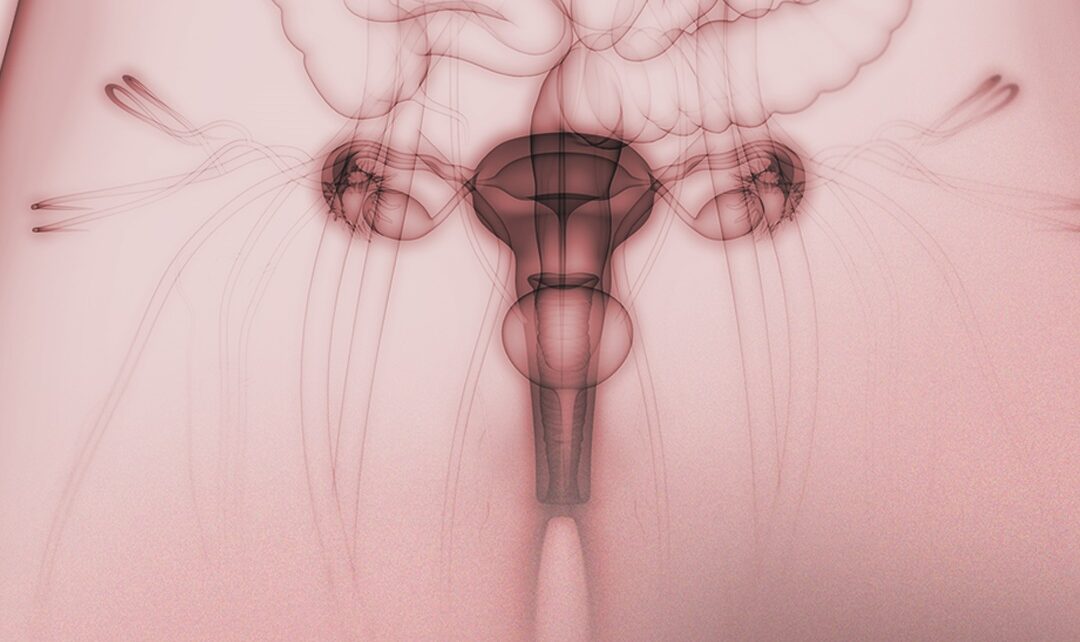
What is cervicitis? Causes, symptoms, diagnosis and treatment
Cervicitis is inflammation of the cervix. It can be due to two causes: either due to infectious origin -the most common reason- or non-infectious
Índice
Cervicitis origin
- The most common infectious cause of cervicitis is Chlamydia trachomatis, followed by Neisseria gonorrhea: Other causes include the herpes simplex virus (HSV), Trichomonas vaginalis, and Mycoplasma genitalium. All of them are sexually transmitted infections. Frequently, the pathogen cannot be identified.
As in all STDs (sexually transmitted diseases), unprotected sex and / or with multiple sexual partners favour its development.
- Non-infectious causes include:
- Irritation caused by a diaphragm, pessary or any other device that lodges deep in the vagina,
- Allergies such as latex in condoms, spermicides, etc.
- By exposure to other chemical substances.
- Cervicitis has also been associated with:
- The presence of hormonal alterations (imbalance between estrogens and progestogens) and
- With bacterial vaginosis, an overgrowth of bacteria inside the vagina.
Cervicitis symptoms or cervix inflammation
Cervical infections can produce the following symptoms:
- Vaginal bleeding between periods or after having sexual intercourse.
- Emission of abundant and foul-smelling flow.
- Pain during sexual intercourse (dyspareunia).
- Feeling of discomfort or fullness in the lower abdomen.
- Frequent urge to urinate.
Many patients with cervix infection don’t have any symptoms (asymptomatic). In these cases, the infection can spread into the uterus, causing obstruction of the fallopian tubes and consequently sterility problems. As well as the development of a pelvic inflammatory disease.
Infection in pregnant women can affect the child.
Diagnosis of cervical infections
To diagnose cervicitis, an inspection of the cervix (neck of the uterus), located at the end of the vagina, should be carried out, and the presence of a yellowish exudation of fluid between mucus and pus, which must be sent to the laboratory for microbiological study.
Cervicitis is obviously contagious, since in most cases it’s a sexually transmitted disease.
Cervicitis treatment
In general terms, cervicitis treatment is based on antibiotics prescribed by a doctor. If the condition is chronic, it may require the application of ovules and it might even be necessary to carry out other procedures such as cauterization.
Throughout the entire treatment, specialists advise to keep a good intimate hygiene and not having any sexual intercourse.
Usually, to treat cervicitis, while waiting for the results of the microbiological studies, an oral antibiotic treatment is usually prescribed against chlamydia and gonococcal infection.
The patient’s sexual partners should be studied and treated accordingly.
Dr Paolo Cirillo, a gynaecologist at Instituto Bernabeu.
